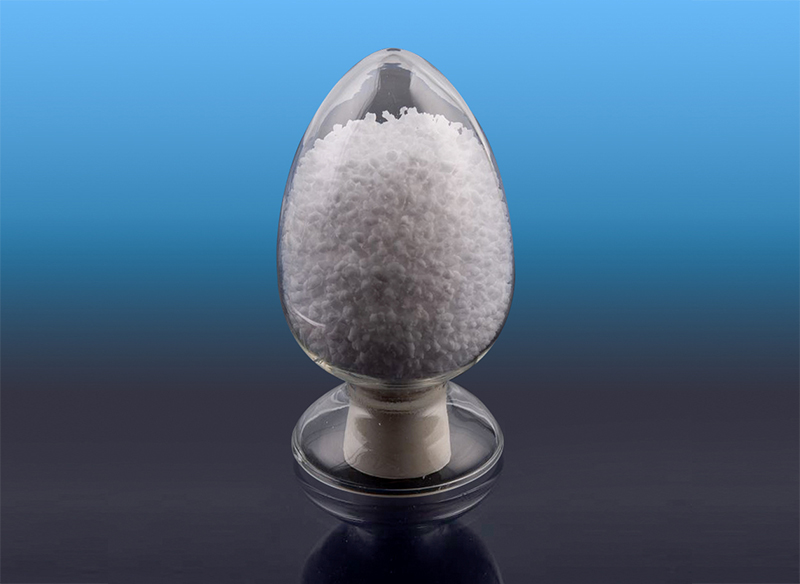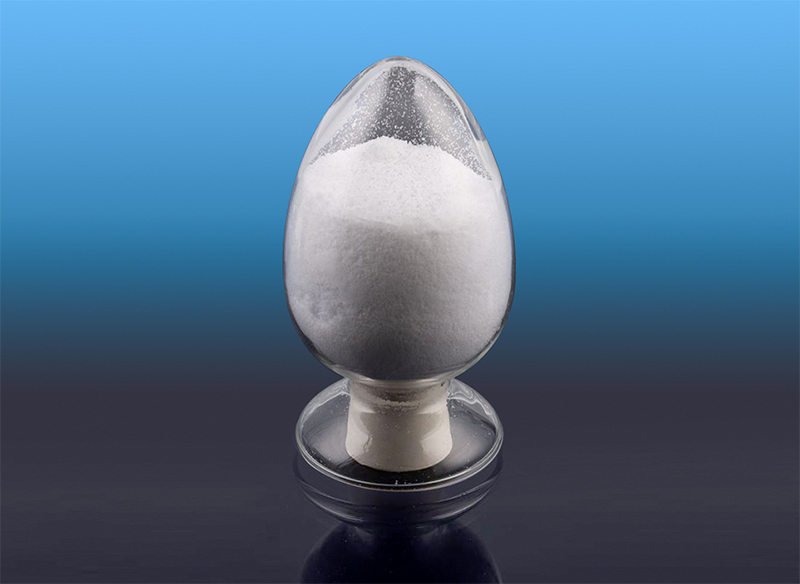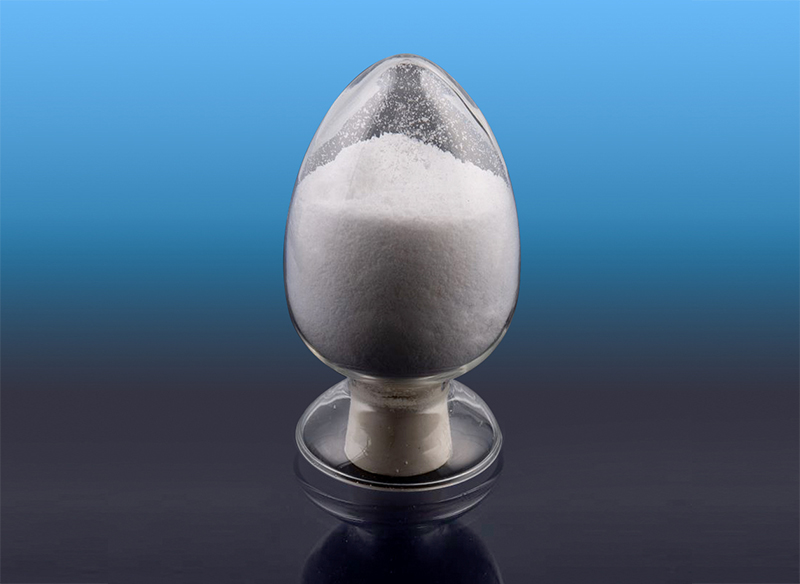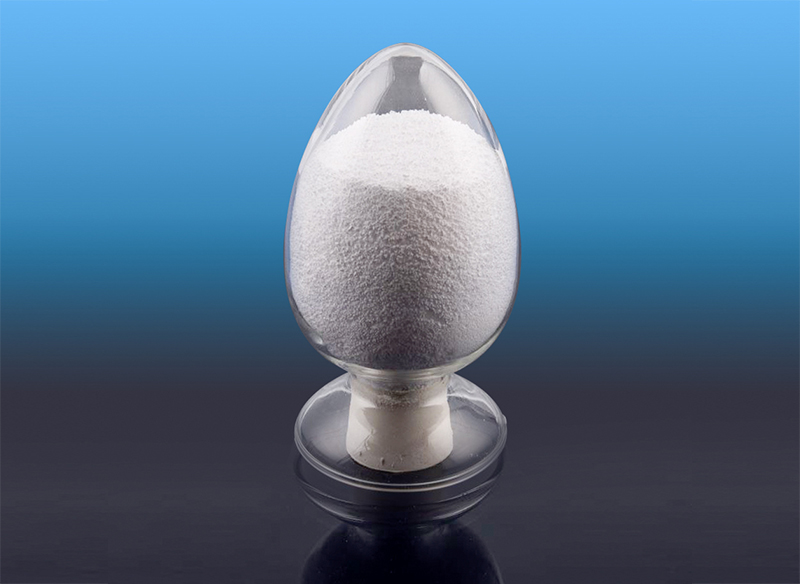The Differences Between TPE Elastomers SBS and SEBS: Understanding Key Properties and Applications
Thermoplastic elastomers (TPEs) are versatile materials that combine the flexibility of rubber with the processability of plastics. Among the various types of TPEs, SBS (styrene-butadiene-styrene) and SEBS (styrene-ethylene-butylene-styrene) are two of the most commonly used. Both materials offer unique properties and are widely used in industries ranging from automotive to consumer goods. However, despite their similarities, SBS and SEBS have distinct characteristics that make them suitable for different applications.
In this article, we will explore the key differences between SBS and SEBS TPE elastomers, their chemical structures, properties, processing techniques, and ideal applications.
1. Chemical Structure: The Basis of Differences
The main difference between SBS and SEBS lies in their chemical structure, which significantly affects their physical properties.
SBS (Styrene-Butadiene-Styrene): SBS is a block copolymer made up of styrene (S) and butadiene (B) segments. The structure consists of two styrene blocks at each end, with a butadiene block in the middle. This configuration allows SBS to have both thermoplastic and elastomeric properties. However, the butadiene block can be sensitive to environmental conditions, especially oxygen, heat, and UV exposure, which can affect its durability.
SEBS (Styrene-Ethylene-Butylene-Styrene): SEBS is a hydrogenated version of SBS. In SEBS, the butadiene block is hydrogenated, meaning that the double bonds in the butadiene segment are saturated with hydrogen atoms. This results in improved thermal stability, better resistance to oxidation, and superior durability compared to SBS. The hydrogenation process alters the molecular structure, making SEBS more robust and suitable for more demanding applications.

2. Key Physical and Mechanical Properties
The chemical structure differences between SBS and SEBS translate into distinct physical and mechanical properties. Here’s how they compare:
a. Thermal Stability
SBS: Due to the presence of unsaturated butadiene blocks, SBS is more prone to degradation when exposed to high temperatures over time. It may soften or lose its elasticity at elevated temperatures, limiting its use in high-heat environments.
SEBS: The hydrogenated structure of SEBS provides enhanced thermal stability. SEBS can withstand higher temperatures without losing its elastomeric properties, making it suitable for applications in more demanding environments, such as automotive and industrial uses.
b. Durability and Weather Resistance
SBS: SBS elastomers are more susceptible to weathering and degradation from UV radiation, oxygen, and ozone. The unsaturated butadiene component can cause the material to degrade faster when exposed to the elements.
SEBS: Thanks to the hydrogenation process, SEBS exhibits significantly better weather resistance. It is less prone to oxidation and UV degradation, giving it a longer lifespan, even in outdoor or harsh conditions.
c. Hardness and Flexibility
SBS: SBS generally has a softer, more flexible feel, making it suitable for applications that require a more rubber-like, flexible material. However, it may not provide the same level of stiffness and strength as SEBS in some applications.
SEBS: While SEBS maintains a similar flexibility to SBS, it offers higher hardness and stiffness, which is advantageous in applications that require enhanced mechanical strength and structural integrity.
3. Processing Techniques
Both SBS and SEBS are thermoplastic elastomers, meaning they can be processed using standard thermoplastic processing methods such as extrusion, injection molding, and blow molding. However, their processing characteristics differ due to their chemical structures.
SBS: SBS is easier to process than SEBS due to its relatively lower viscosity. It can be processed at lower temperatures, making it ideal for applications where lower processing temperatures are essential. However, its sensitivity to heat means that processing must be controlled to avoid degradation.
SEBS: SEBS, with its hydrogenated structure, often requires slightly higher processing temperatures compared to SBS. It is more resistant to thermal degradation during processing, which is advantageous for high-temperature applications. However, SEBS is more viscous than SBS, making it slightly harder to process in certain molding or extrusion processes.
4. Applications: Where Each Elastomer Excels
Both SBS and SEBS TPEs are used in a variety of industries, but the differences in their properties make them suitable for different applications.
a. SBS Applications
Footwear: SBS is commonly used in the production of shoe soles due to its flexibility, cushioning properties, and ease of processing.
Adhesives: SBS is used in hot-melt adhesives, where flexibility and bonding strength are crucial.
Automotive: SBS is often used in automotive interior components such as trims and seals, where its flexibility and comfort properties are important, although its sensitivity to heat and weathering may limit its use in some exterior parts.
Toys and Consumer Goods: SBS is used in the production of flexible toys and other consumer products that require soft, rubber-like materials.
b. SEBS Applications
Automotive: SEBS is widely used in automotive applications, particularly for exterior parts like bumpers and weather seals, due to its excellent weather resistance and durability.
Medical Devices: SEBS is often used in medical applications, such as tubing and seals, because of its biocompatibility and chemical resistance.
Consumer Electronics: SEBS is ideal for protective covers, grips, and other components in consumer electronics due to its higher durability and thermal stability.
Sealants and Gaskets: SEBS is used for gaskets and seals in industrial applications where enhanced mechanical properties and resistance to heat and UV exposure are required.
5. Cost Considerations
SBS: SBS tends to be more affordable than SEBS due to its simpler structure and ease of production. It is an ideal choice for applications where cost efficiency is critical and extreme durability or weather resistance is not required.
SEBS: SEBS is generally more expensive than SBS due to the additional hydrogenation process. However, the increased durability, thermal stability, and weather resistance justify the higher cost for more demanding applications.
6. Environmental Impact and Sustainability
Both SBS and SEBS are thermoplastic elastomers, which means they can be recycled. However, the environmental impact of each material depends largely on the specific application and the manufacturer’s recycling practices.
SBS: Being less durable and more prone to degradation, SBS may have a shorter service life in certain applications, which could contribute to more frequent replacements and higher waste.
SEBS: Due to its improved durability and resistance to weathering and UV degradation, SEBS tends to have a longer service life. This can reduce waste and contribute to a more sustainable lifecycle for products that use SEBS.
7. Conclusion
In summary, while both SBS and SEBS are versatile TPE elastomers used in a wide range of industries, they have distinct differences in terms of chemical structure, physical properties, and applications. SBS is a more cost-effective option with good flexibility and ease of processing but has limitations in heat resistance and weathering. SEBS, on the other hand, offers superior durability, thermal stability, and weather resistance, making it the better choice for demanding applications that require long-lasting performance.
When choosing between SBS and SEBS, it’s essential to consider the specific needs of your application, including the environmental conditions, mechanical properties required, and budget. Understanding these differences will help you select the right material to ensure optimal performance and longevity for your products.





